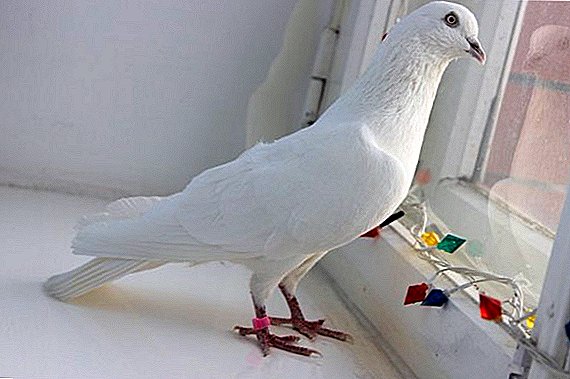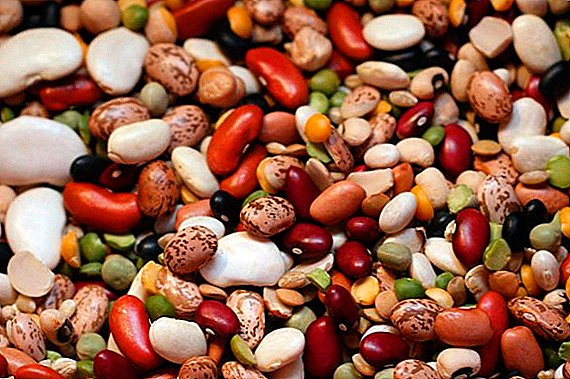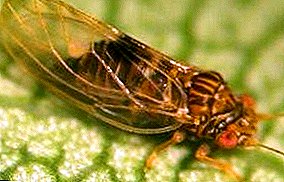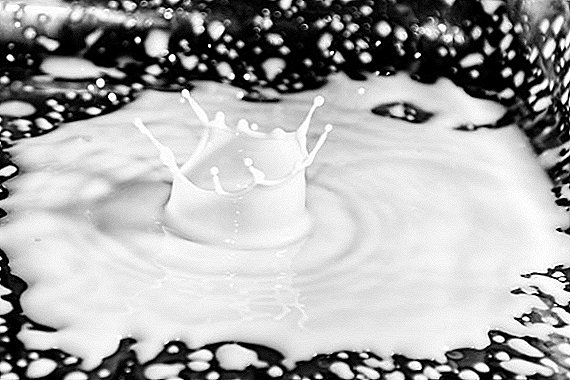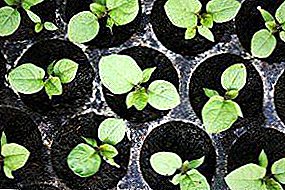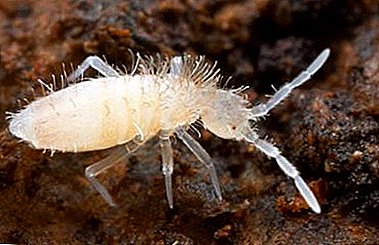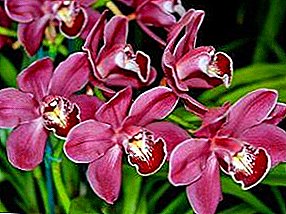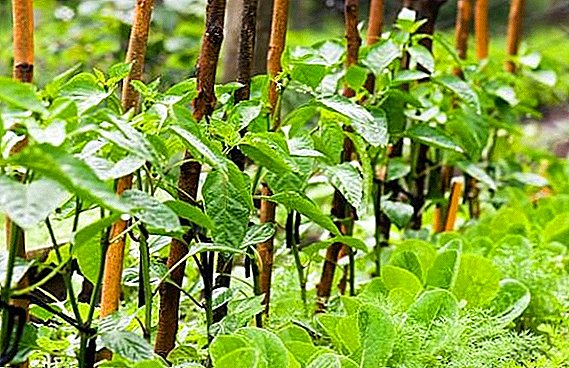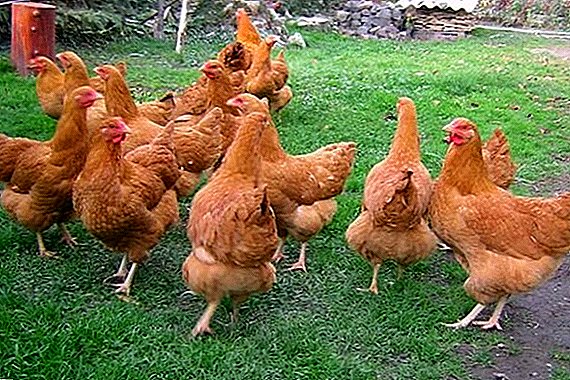 On an industrial scale, modern breeds and crosses of chickens with a different orientation are increasingly being bred. A large number of breeds can be difficult to navigate for beginner farmers. Special attention is given to the unique breed Oravka. We learn the main characteristics and conditions of detention.
On an industrial scale, modern breeds and crosses of chickens with a different orientation are increasingly being bred. A large number of breeds can be difficult to navigate for beginner farmers. Special attention is given to the unique breed Oravka. We learn the main characteristics and conditions of detention.
Inference history
Hens of Oravka breed come from the highlands of Slovakia. They belong to the meat-and-egg type of productivity. The work of Slovak breeders was carried out on the improvement of local chickens raised in highland regions, improving their adaptive capacity and productivity indicators.
Did you know? For the first time, chickens were domesticated on the territory of modern Ethiopia.
It was possible to achieve good results, chickens quickly gain weight and have a fairly good egg production. Oravki easily tolerate sudden changes in altitude and atmospheric pressure. The breed is quite young and the work of breeders continues.
Description and characteristics
Oravka became popular in Slovakia and in Ukraine in the Carpathian region. The bird is moderately heavy, has excellent thermoregulation, tolerates low temperatures due to thick plumage and quickly adapts to new conditions. 
Exterior
Breed Exterior:
- body - medium in size, long, with well-developed muscles;
- head - round, medium size;
- the neck is small;
- comb - wide, flat, red;
- earrings - red, oblong;
- eyes - red-orange, small;
- beak - strong, yellow;
- legs - strong, yellow go gray-yellow shade;
- wings - medium size;
- tail - medium;
- plumage - thick, hard;
- the color is white, but there are representatives with brown, red and pale-yellow feathers.

Character
The nature of the mountain bird is calm, kind, friendly, not conflicted, a little curious. Only roosters can afford to show temperament and create a conflict situation.
The meat-egg breeds of chickens include such as the Augsburger, Red-Tailed, Icelandic Landrace, Master Gray, Galan, New Hampshire, Crewker, Forverk, Tricolor, Tsarskoye Selo, Plymouthrok, Kotlyarevskaya, Moscow White, Maran, Moscow Black, Black Pantsirevskaya , bare Transylvanian, Bress Gali, Paduan, Velzumer.
Hatching instinct
The incubation instinct is preserved; Slovak birds do an excellent job with their mother's duties and enjoy caring for their offspring with pleasure.
Performance Indicators
The breed has good egg production and quickly gains weight. The meat is very tasty. 
Live weight cock and chicken
The weight of the hen varies from 2.5 to 3 kg, the rooster per pound is heavier.
Puberty, egg production and egg mass
Sexual maturity occurs at approximately 6 months of age. For a year, a hen can carry 200 to 210 medium-sized eggs weighing about 55 g. The eggshell is dense, brown in color.
We advise you to read about how to increase egg production in chickens in winter, what vitamins to give to chickens to increase egg production.
What to feed
Slovak chickens are unpretentious, they are suitable for normal feed. But the diet should include protein food in order for the bird to develop normally and build muscle. Meat-egg breeds have a slow exchange of societies, they are prone to obesity in the case of overeating. With excessive fat deposition, egg production in chickens decreases. 
Chickens
Chickens grow rapidly and gain muscle mass, they need food that contains a lot of protein. You can use meat-bone and fish meal, decoctions of meat and fish waste. The diet of chickens includes cereal grains.
Did you know? It has long been believed that roosters with their singing at a certain time predict the weather.Useful for them wet mash, cooked on the broth of meat waste or skim milk with the addition of chopped potatoes, carrots, herbs. The diet includes low-fat cottage cheese, vitamin and mineral supplements. Every day the portion for chickens is gradually increased by 15%.

Adult chickens
In order to increase the productivity and taste of meat and eggs, it is necessary to feed the birds with grain (about 60% of the diet). Ideal cereal crops: wheat, oats, maize, barley, rye. Protein reserves replenish flour from fish and bones, as well as independently found during a walk worms and various bugs.
We recommend to read about how to make feed for chickens at home, how much feed you need to lay a chicken a day, as well as how and how much to feed domestic chickens.
The benefits to the birds are brought by substances that are found in legumes - peas and soybeans. It is necessary to include vegetables in the diet. Many useful vitamins in germinated grain. It is important to provide the hens with a sufficient amount of vitamins and minerals, including shells or chalk as a source of calcium in the daily diet. 
Content Features
This breed tolerates sudden changes in temperature and cold wind. The main condition for their maintenance is a spacious chicken coop and a walking yard. The bird will not live in cramped cages, without walking.
Important! In drinking bowls should always be clean water.
Requirements for the house
The coop should be spacious with wooden flooring. The temperature should not fall below + 5 ° С. Although the breed is cold-resistant, low temperatures adversely affect productivity. Humidity should not exceed 55%, with high humidity there is a risk of viral diseases.
The coop must be regularly aired and cleaned. Straw is used for bedding. Perches are placed around the perimeter at a height of about a meter from the floor.  In a secluded, quiet, draft-protected place it is necessary to equip places for nests. It is also necessary to provide lighting, with a lack of sunlight egg production decreases.
In a secluded, quiet, draft-protected place it is necessary to equip places for nests. It is also necessary to provide lighting, with a lack of sunlight egg production decreases.
Walking yard
Walking yard is a prerequisite for the successful maintenance of birds. Slovak chickens are quite active, they get food while walking, they love green grass and worms. The more walking space the better. The courtyard is necessary to protect the grid.
How to endure winter cold
The Oravki tolerate cold well, they have excellent thick plumage, able to protect even against strong and cold wind.
It will be useful for you to read about how to build a chicken coop for the winter, what kind of lighting and ventilation should be in the chicken coop in winter, and also how best to heat the chicken coop in winter.
Lowering the temperature does not affect the health of birds, only during shedding it is necessary to protect them from hypothermia. 
Advantages and disadvantages
The breed has its drawbacks and advantages. It is ideal for breeding in highland areas.
Advantages:
- tolerates pressure and temperature drops, adapts quickly;
- does not require special nutrition;
- quickly gaining muscle mass;
- good egg production;
- calm character;
- saved instinct nasizhivaniya.
- difficulties in acquiring young stock;
- Chicks slowly feather;
- susceptibility to infectious diseases.

So, we met with a unique breed of chickens from Slovakia. Oravka has many advantages, the breed is suitable for breeding in special climatic conditions high in the mountains.
Important! Maximum egg production lasts 2 years, then gradually decreases. - every year by an average of 20%.An ideal choice for small farms. With proper care and maintenance conditions, it grows quickly and has good egg production.


